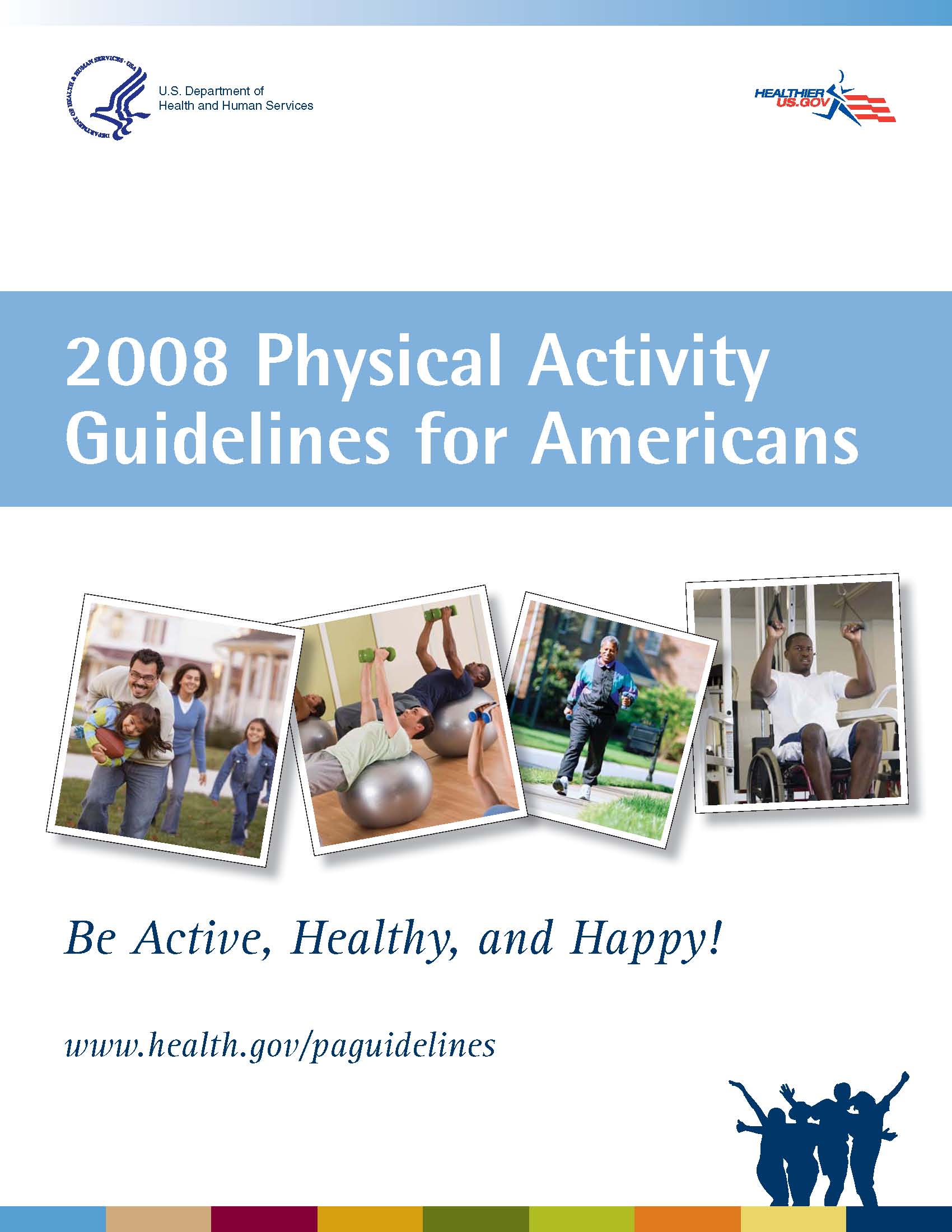
There are many ways to become more active and move away from a sedentary lifestyle, from participating in intentional exercise to making small changes in your everyday life to increase incidental exercise. People can return to exercise after a cardiac event or diagnosis under the guidance of their healthcare team.
#World health organization physical activity definition professional#
Or high blood pressure, are the same as those for the age group to which they belong.Īlways consult with your doctor or other healthcare professional before starting any new exercise. Global recommendations for people living with a chronic condition, such as cardiovascular disease, diabetes Active lifestyle recommendations for people living with chronic conditions This will help to enhance functional capacity and to prevent falls. Adults aged 65 years and above are also recommended to incorporate a varied multicomponent physical activity that emphasises functional balance and strength training at moderate or greater intensity, on three or more days a week. Global recommendations are the same as for adults aged 18–64 years, with an additional component. Muscle-strengthening activities on two or more days per weekĪctive lifestyle recommendations for adults aged 65 years and above.An equivalent combination of moderate- and vigorous-intensity activity.At least 150 minutes of moderate-intensity aerobic physical activity, or at least 75 minutes of vigorous-intensity aerobic physical activity.On at least three days a week, incorporate vigorous-intensity aerobic activities, as well as those that strengthen muscle and boneĪctive lifestyle recommendations for adults aged 18–64 yearsįor adults, global recommendations for an active lifestyle are to take part in the following throughout the week.At least an average of 60 minutes per day of moderate-to-vigorous intensity, mostly aerobic, physical activity.Active lifestyle recommendations for children aged 5–17 yearsįor children, global recommendations for an active lifestyle are to take part in the following throughout the week. For example, reaching a recommendation of 60 minutes of physical activity could be achieved through one session of 30 minutes and three sessions of 10 minutes each. The recommended amounts of exercise do not need to be reached in one block. When physically active, however, overall energy levels, strength and endurance improve, and bone strength is maintained.Īiming to be active on most days of the week and reach the recommended amounts of physical activity for your demographic will help to decrease the health risks of a sedentary lifestyle. However, in rare cases they can lead to blood clots, which can break off and block blood flow to other parts of the body. Sitting for long periods can also lead to varicose veins, which are not usually dangerous.

The immune system and bone strength can all also be affected, and there may be instances of increased inflammation in the body and poorer blood circulation. The metabolism may also change, meaning the body may have trouble breaking down fats and sugars. Inactivity means fewer calories are burnt, making weight gain more likely, and muscle strength and endurance may be lost. The body and its systems – including the heart and cardiovascular system – are built to work more effectively when upright. The risk of developing type 2 diabetes, obesity, high blood pressure and other conditions such as depression and anxiety also increases.

Long periods of sitting have been linked to cardiovascular disease. Those who do not get the recommended level of regular physical activity are considered ‘inactive’, as they experience a lack of exercise and movement.Ī sedentary lifestyle increases the risk of a variety of medical conditions. Global recommendations are for adults to take part in at least 150 minutes of moderate-intensity or 75 minutes of vigorous-intensity physical activity per week, as well as muscle-strengthening activities on two or more days per week. Physical inactivity is when the physical activity guidelines recommended by experts are not met.

Leisure time can also be centred around sitting – watching TV, using a computer or phone, sitting at a meal with friends – all of which contribute to physical inactivity. It has become normal to spend long days sitting at a desk during the week, while commuting is often spent sitting in a car or on a bus or train. Sedentary lifestyles are increasingly common, among children and adults. Sedentary behaviour is any activity involving sitting, reclining or lying down for long periods (except sleeping) that uses very little energy. It’s important to stay active and minimise sedentary behaviour for good health and wellbeing. Lifestyles have become more sedentary, and this inactivity can negatively impact health.


 0 kommentar(er)
0 kommentar(er)
